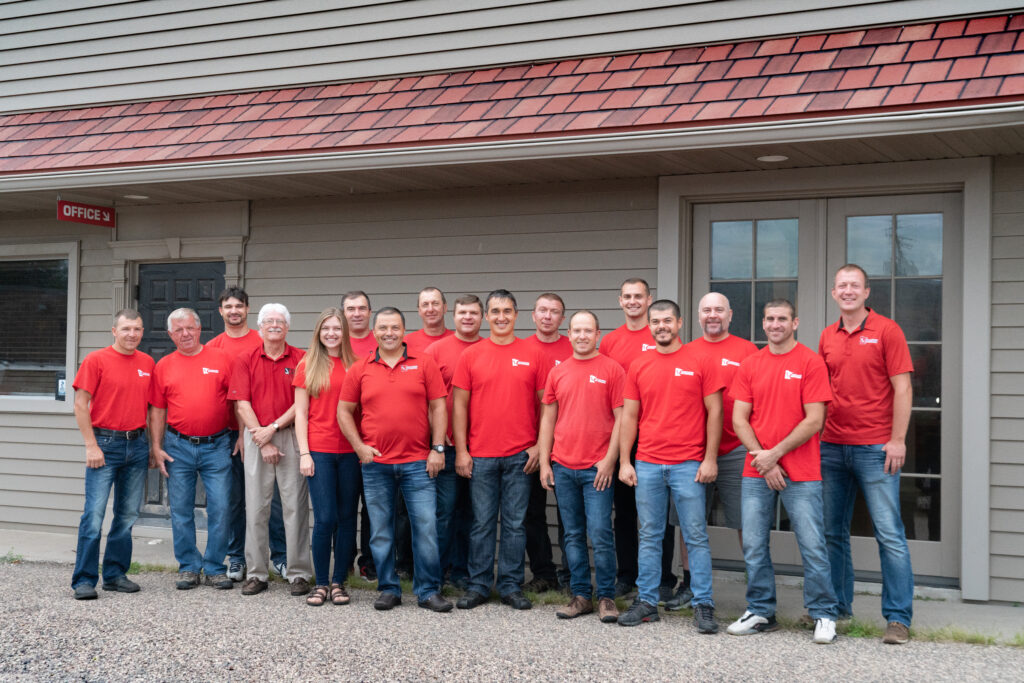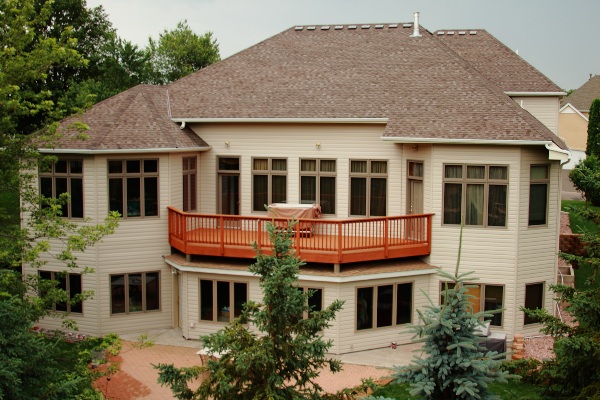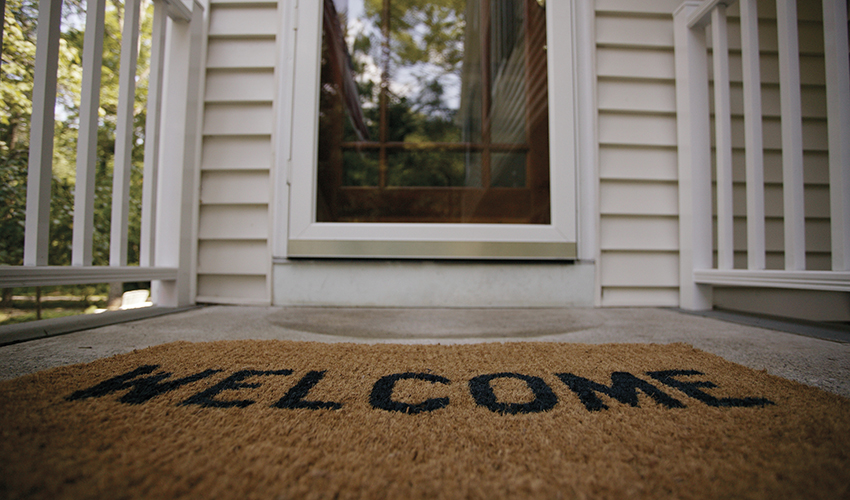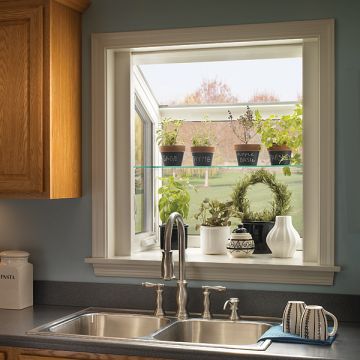Choosing the Right Contractor

Updating your home is an exciting decision, as well as an expensive one. When the details of your updates have been finalized, it’s important to know the work is being done by a trusted professional. Many don’t know where to start when looking for a contractor, especially one you know will be qualified and efficient. Read our blog to learn how to find the right home exterior contractor for you.
Do Your Homework
Residing your home is no small feat. To narrow down the contractor search, it’s important to ask the right questions to ensure quality work by trusted professionals.
- Where are you located? Ideally, you want to find a contractor that has an office nearby. Should any issues arise, your trusted professional is a quick phone call away.
- How long has your company been in business? Choosing an already established company will ensure quality work. This is a great time to ask to see photos of past siding jobs and assess online reviews.
- What is your workmanship warranty? Roofing contractors will typically offer their own warranty on workmanship. Most workmanship warranties offered by roofing contractors last at least one year. Protect your assets with a workmanship warranty.
GAF (General Aniline & Film) Certified
At Spotless & Seamless we are proud to be GAF-certified contractors. When you choose a GAF factory-certified roofing contractor, you’ll be working with the best in the business. Only 2% of roofing contractors in North America are GAF Master Elite®, a certification we renew each year. In addition, every GAF-certified contractor offers exceptional protection with the GAF Lifetime Roofing System. When you choose to work with Spotless & Seamless, the value added to your home will be done by only the most knowledgeable and professional contractors in the area.
If you’re looking for qualified help to reside your home, call on Spotless & Seamless. We are your top Twin Cities contractor for home exteriors needs. Contact us today for a free estimate!





